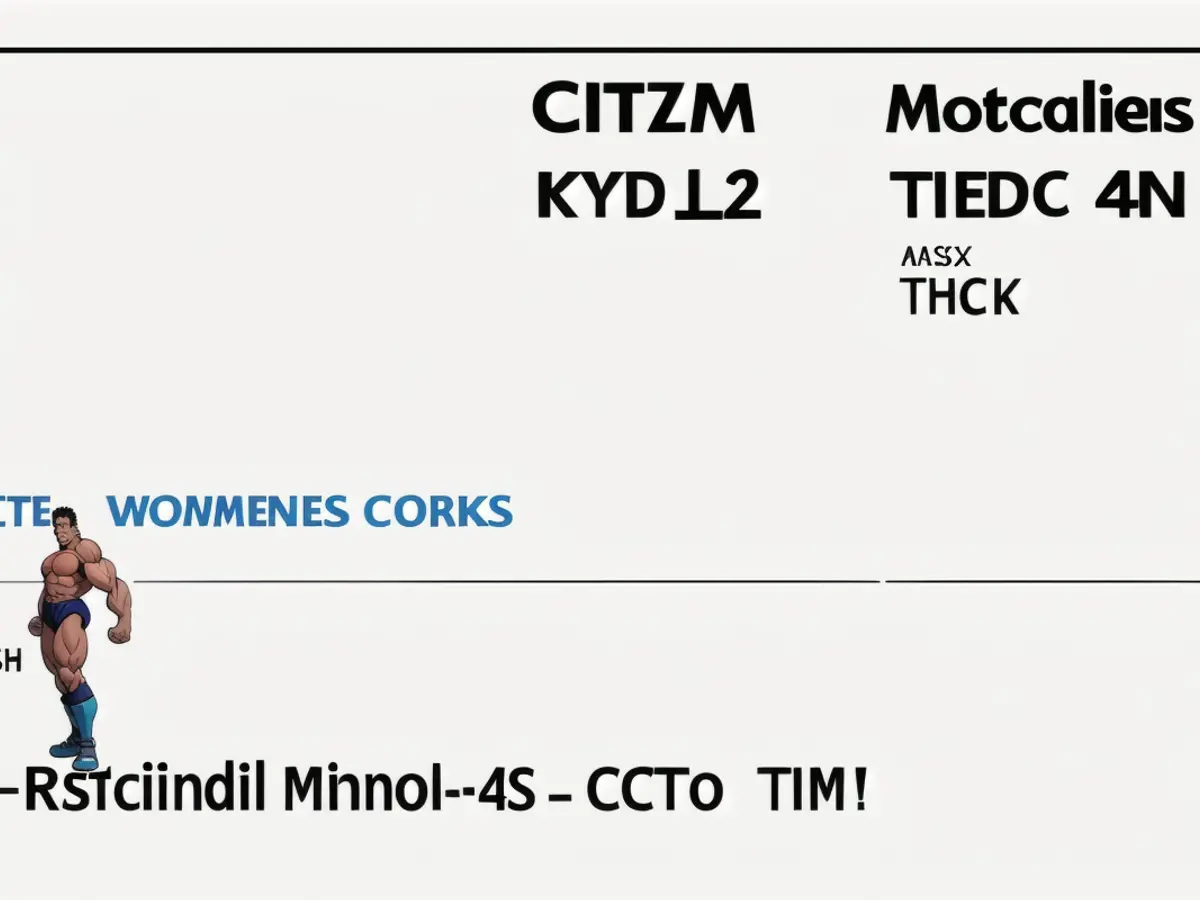Revamping Intel's Fabrication Process Boosts Stock Potential
Intel's foundry business is stepping into a defining moment in 2025 with the commercialization of its groundbreaking 18A process. This advanced fabrication technique, featured with a 1.8 nanometers process node, is expected to be a game-changer for Intel, aimed at revitalizing its foundry operations that have seen mixed results so far. To paint a clearer picture, let's delve into the key aspects of the 18A process, its current stage of development, and its potential impact on Intel's financials.
The 18A Process: A Technological Leap
Intel's 18A process is widely considered its most advanced manufacturing technique thus far. It brings forth innovative technologies such as RibbonFET gate-all-around transistors and PowerVia backside power delivery. These advancements enable smaller transistors, thus boosting performance and power efficiency. While TSMC's anticipated N2 process operates at a 2 nanometer node, set to debut in the second half of 2025, Intel's 18A process will come in slightly ahead.
The 18A process boasts several potential advantages, including reduced power loss and superior thermal performance. TSMC has claimed an edge in SRAM density with its N2 process, which enables it to store more data in a smaller physical area. However, Intel's 18A's backside power delivery could provide a competitive edge with its power-saving properties.
Developing Dynamics
In August, Intel announced that its 18A process had reached crucial milestones, with the chip successfully booting up and operating systems. External clients are anticipated to tape out their first 18A designs in 2025, with enterprise-scale manufacturing following thereafter. Intel's own 18A products are expected to start volume production in the latter half of the year, with customers currently being sampled those cutting-edge processors.

Rumors have circulated suggesting that chipmaker Broadcom was displeased with the yields of the new process, but these allegations have been refuted by Intel's ex-CEO, Pat Gelsinger. Despite Broadcom's reservations, Intel's 18A process shows defect density figures of 0.4 defects per square centimeter, which aligns with industry standards for advanced nodes and should be adequate for generating usable yields.
Winning Over More Clients
Intel's 18A process has garnered attention from high-profile clients, including the U.S. Department of Defense and tech giants like Amazon and Microsoft. These corporations intend to utilize the 18A process to design custom chips, including AI accelerators. Furthermore, the U.S. re-election of President Donald Trump could potentially favor Intel, as he has been an advocate for boosting domestic manufacturing. This might open doors for Intel to attract more U.S.-based companies to its 18A process, granted regulatory support aimed at boosting domestic chip production is granted.
Ultimately, the success of Intel's foundry business hinges on the effective execution of the 18A transformation. If Intel manages this transition successfully, it could significantly alter the company's narrative, potentially driving the stock upward after a substantial 60% decline over the past year.
The successful launch of Intel's 18A process in 2025 is projected to positively impact INTC's revenue, potentially revitalizing Intel's [INTC revenue] and increasing its market share in the semiconductor industry. With tech giants like Amazon and Microsoft opting for the 18A process to design custom chips, INTC's [INTC valuation] could see a significant boost, reflecting investor confidence in the company.




